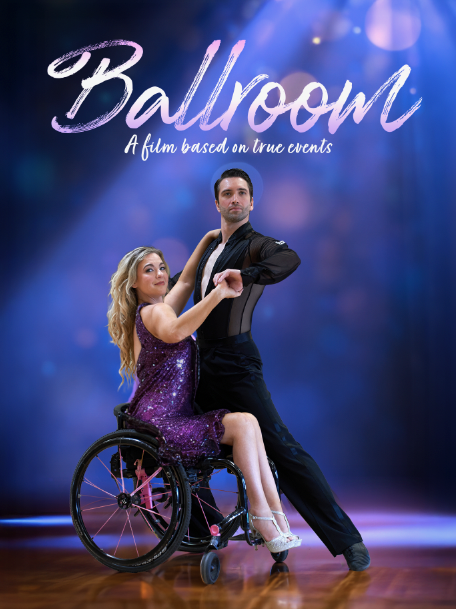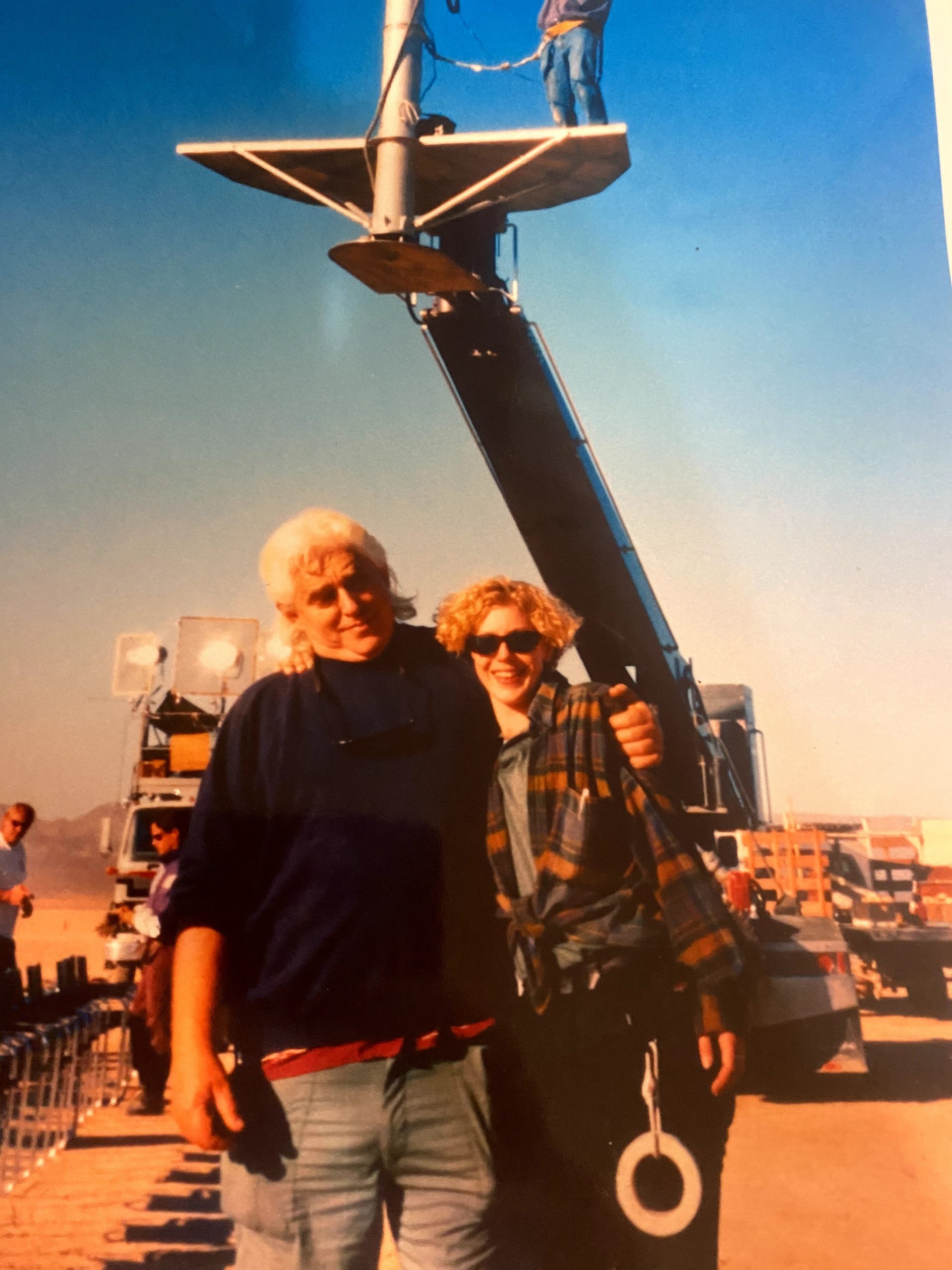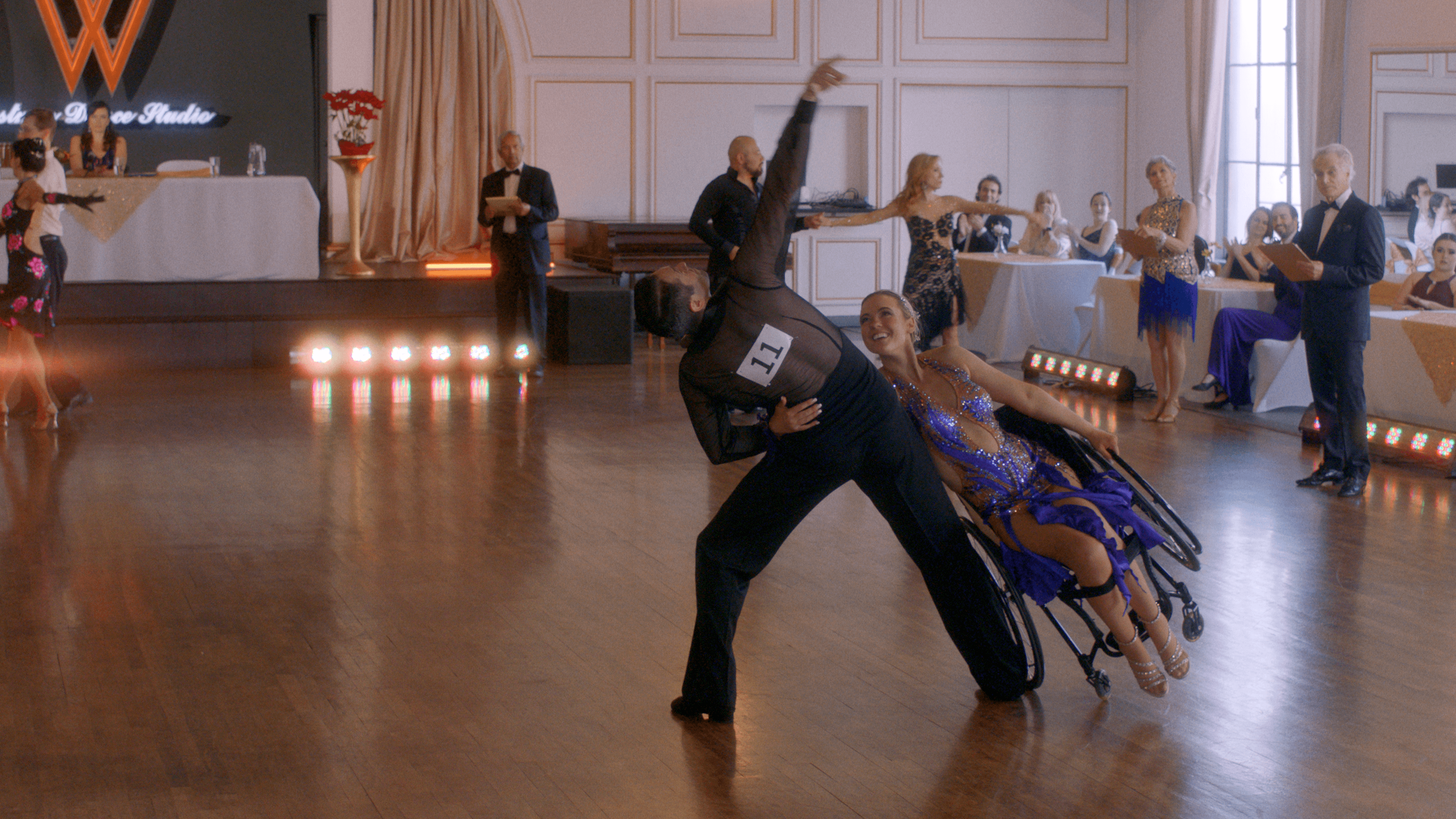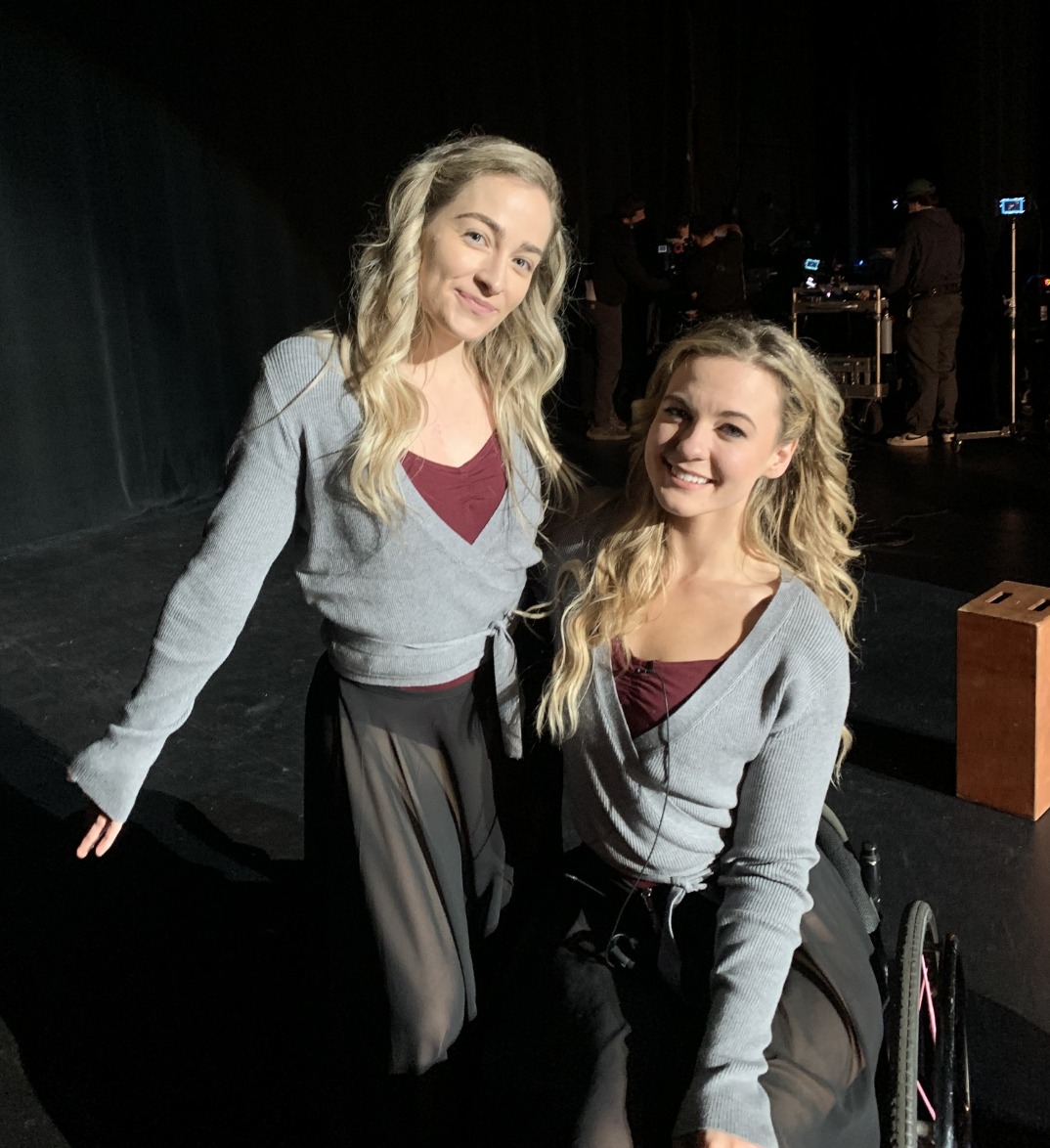Meet Laurence Walsh-Hodson | Writer/Director/Producer

We had the good fortune of connecting with Laurence Walsh-Hodson and we’ve shared our conversation below.
Hi Laurence, what role has risk played in your life or career?
For me, risk is deeply tied to purpose. I don’t take risks lightly—but when something moves me at a soul level, I’m willing to stake everything on it. Three years ago, I watched my brother, a ballroom dance instructor, perform a Paso Doble with Mia Schaikewitz, a wheelchair user. Her grace, strength, and presence were mesmerizing. In that moment, the idea for BALLROOM was born.
I saw an opportunity to tell a story that hadn’t been told—a story about resilience, healing, and transformation after trauma. I wrote BALLROOM from a deeply personal place. Violet’s struggles with mental health, grief, and a complicated relationship with her mother mirror my own experiences. After surviving a suicide attempt and facing years of depression and anxiety, I learned how to process pain in healthier ways. I wanted to show that transformation is possible—not through perfection, but through effort, grit, vulnerability, and self-compassion.
Taking on this film wasn’t just a creative risk—it was a financial and emotional leap of faith. I had investors, sponsors, and product placement support, but the majority of the funding came from my inheritance—money left by my father, who ironically hated the movie industry. I put the entire inheritance on the line to make BALLROOM. It was terrifying. But I believed in the story, in the message, and in the power of inclusive storytelling to change lives.
We cast Madeline Delp, a wheelchair user and disability advocate, as Violet and were the first film to use a body double for the opening scenes—ensuring authentic and inclusive casting. We also adapted our set to be fully accessible after we learned the importance of that on day three of filming. It mattered to me that the film not only represent inclusion on-screen but embody it behind the scenes.
Risk, for me, is not about recklessness—it’s about conviction. When something truly matters, I’ve learned to jump in with both feet. BALLROOM is a reflection of that leap, and I hope it inspires others to take their own.


Alright, so let’s move onto what keeps you busy professionally?
My career was hard-fought at every turn. When I graduated from UCLA with degrees in Philosophy and English, I didn’t know a single person in the film industry. I couldn’t even get a volunteer position at Disney—imagine that: two bachelor’s degrees and I couldn’t give my time away for free. But I was determined to find a way in, even if it meant breaking every rule and expectation about what a woman could do on set.
I started out as an electrician—or “juicer”—on film sets, something few women did at the time. A friend trained me using Harry Box’s Set Lighting Technician’s Handbook, and from there I moved from job to job—grip, camera loader, whatever paid the bills. I once carried Band-Aid (yes, the actual product) across the Bakersfield desert for seventeen hours a day in 100-degree heat, making just $100 a day. I worked on Corman films, commercials, indie projects—anything that would get me experience.
My first break came while volunteering on a USC student film. The producer asked if I wanted to work for a director. I almost said no—I was close to qualifying for the camera union and making what I thought was great money at the time. But then she said, “The director is John Woo.” I was obsessed with his films—I had seen every one at the Hong Kong Film Festival in Santa Monica. I said “yes” on the spot.
I worked closely with John for six years. I incorporated his script notes into the movie, wrote out the shot lists, acted as on-set liaison—you name it. I even had to calm down John Travolta one day and cheer up Nicolas Cage the next. A scene I wrote—“I need a light”—ended up in Face/Off. Nick Cage thanked me for it. That moment meant everything.
Working with John was intense. He was a workaholic who showed up at 6:30 a.m. and edited until midnight. He was also fairly sexist. I wanted to prove that a woman could keep up with a man in that environment—so I did. Every day, every holiday, every weekend. At the end of our time together, he said, “You are not a normal woman.” So much for proving a point—but still, I earned his respect.
John later helped me transition into writing. I co-wrote a project he attached himself to, and we sold it to FX. That led to agents at CAA and eventually to a full-time writing job on CSI: Miami. From there, I worked on NCIS, The Dresden Files, and Against the Wall. Often, I was the only woman in the writers’ room. Once, a fan asked me if I only wrote the female characters. I told him, “No—I write all the characters.”
What sets me apart? Tenacity. They told me a woman couldn’t be a juicer—I did it. They said assistants don’t become writers—I did it. Now, as a filmmaker and mother, I focus on stories that matter to me. I still walk into meetings where it’s eight men and me—but I don’t find that intimidating anymore. I’ve earned my place.
My brand is about resilience, bold storytelling, and carving out space where there isn’t one. I want the world to know that you don’t have to wait for permission—if you believe in your voice, use it. And don’t be afraid to grab the coffee if that’s where your story starts.


Any places to eat or things to do that you can share with our readers? If they have a friend visiting town, what are some spots they could take them to?
I grew up in L.A., and I truly love this city—it has a little of everything, depending on what kind of magic you’re looking for. If my best friend came to visit for a week, we’d start with a peaceful stroll through Descanso Gardens, soaking in the beauty of nature and catching up under the camellias. Afterwards, we’d head to Honolulu Avenue for lunch—maybe at New Moon for modern Chinese cuisine with a California twist.
If our kids were with us, we’d take them to one of the many gorgeous parks in Santa Clarita, where they can run wild—hug trees, kick soccer balls, climb rock walls—while we relax and chat in the shade with water in hand.
For some good vibrations, we could head to The Philosophical Research Society in Los Feliz for a sound bath healing with Kristen Palombo. Another day, we could do breathwork with David Elliott—his sessions are truly transformative. And of course, we’d spend a day in Topanga on a Chaz Yoga retreat at the Mermaid Inn, where the hills, incense, and ocean breeze feel like soul therapy.
For food, I’d take them to some of my favorite Santa Clarita gems—Thai Basil for fresh, flavorful dishes, Las Delicious Tacos for the best street-style tacos, and Yamatos when we’re craving steak and a little hibachi show.
It wouldn’t be a wild, party-filled week—but it would be deeply nourishing, soul-replenishing, and full of laughter, good food, and grounding moments. To me, that’s the best kind of fun.


The Shoutout series is all about recognizing that our success and where we are in life is at least somewhat thanks to the efforts, support, mentorship, love and encouragement of others. So is there someone that you want to dedicate your shoutout to?
Absolutely—my husband, John Hodson, deserves the biggest shoutout. He took this leap of faith with me, fully knowing the financial and emotional risks involved. We could have used the money from my inheritance to pay down our mortgage or take a much-needed vacation, but instead, he encouraged me to follow my lifelong dream of directing—a dream I’ve held since I was a teenager.
John didn’t just support me from the sidelines—he was in it every step of the way. He handled all the digital media for the film, even using his own image as the dad who abandons the family in the cherished photo our lead character keeps. He brought our eldest daughter to set to appear in the film for a day, delivered emergency materials, and yes—he even helped clean a carpet on location. That’s the kind of quiet, behind-the-scenes magic that kept the production going.
I was pregnant with our second child during the shoot, and when I came home exhausted and stressed, John was my rock. He talked me down more times than I can count and helped me stay grounded. We even prayed together as a family for the success of the film. His love, belief in me, and unshakable support made BALLROOM possible—and I couldn’t have done it without him.
Website: https://www.laurencewalsh.com
Instagram: https://www.instagram.com/acer.entertainment/
Linkedin: https://www.linkedin.com/in/laurence-walsh-b480a53/
Facebook: https://www.facebook.com/acerentertainment
Yelp: https://www.yelp.com/biz/laurence-walsh-hodson-santa-clarita
Youtube: https://www.youtube.com/@acerentertainmentprod


Image Credits
Jose Ubaya is the photographer of most onset pics. The tilting chair pic was from the movie so camera operator was David Stellhorn. The early pics I don’t recall.
